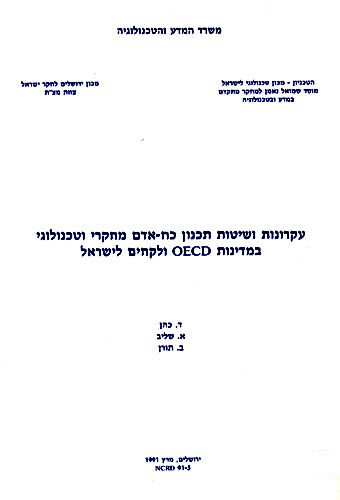The aim of manpower planning is to ensure efficient use of human resources in a certain country or economic branch, or in a certain company from the point of view of both economic and social development.
Opinions differ as to the need for manpower planning and even among those who believe that manpower planning is indeed required there are different opinions as to execution methods and to what extent is planning required.
Manpower planning is connected both to economic planning and the planning of education. As to economic planning it is needless to say that a country trying to plan its economic growth must devote special attention to the scope and composition of the working force needed for its economy.
As to the planning of the education system it is clear that the output of the system together with the emigration balance of the relevant manpower determines the character and level of the working force in the economy for many years. Most countries today accept and welcome the planning of education by the State in order to advance economic aims.
“Manpower forecast” is at present the primary method in the world for combining planning of education with economic planning. At the base of this approach is the attempt to foresee the demand for professional manpower from the aspect of the need to achieve a certain level and composition of national product or industrial output. Manpower forecasts indicate an educational distribution of the manpower in the target year based on data of the base year or extrapolation of trends in the past, while taking into consideration expected development trends during the years of the plan in all relevant areas. The stress in manpower planning is that through forecasting it is possible to discover shortage or surplus in certain areas or branches thus avoiding bottlenecks in economic growth or in providing certain services.
In the 1960’s plans for expansion of the education system were prepared in most countries in view of forecasts which indicated a shortage, in the long range, of scientific and technological manpower. Follow-ups conducted a decade later showed that most of the forecasts did not materialize. Reality proved that there are numerous alternatives for professional specialization such as professional retraining, changing production processes or importing skilled manpower and even rotation of workers and capital or of workers of different sorts. The lesson learned from manpower forecasts is that there is no way of forecasting the long range demand for skilled manpower in a narrow professional field. The present trend, therefore, is to concentrate on short and medium range forecasts, “active manpower policy” striving to be involved in work markets.












